How to Fix the White Screen of Death Error in WordPress
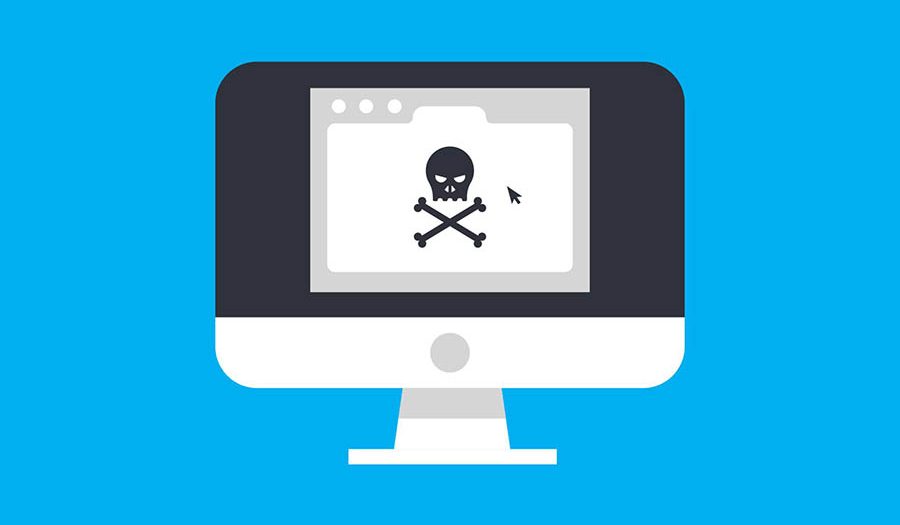
If you’re trying to access your WordPress website and you encounter a white screen, don’t panic! This is most likely due to a white screen of death error, which can be caused for various reasons.
WordPress users are often confused and frustrated, not knowing what to do. This can put your site out of commission for hours and hours. There is no guarantee that one fix will take care of your issue. That’s why there are several things that WordPress users can do to fix the error.
This blog will explain the White Screen of Death error and different ways to fix the WSoD error.
How to Fix the White Screen of Death Error in WordPress?
- What is a White Screen of Death Error in WordPress?
- What is the reason behind White Screen of Death Error?
- 9 ways to fix the White Screen of Death Error
- Clear Your Cache Files in your browser
- Switch to the Default Theme
- Use WordPress Recovery Mode
- Increase PHP text processing Limit
- Increase the memory limit
- Disable All Active Plugins
- Restore syntax errors or WordPress core files/backups
- Enable Debugging Mode
- Talk with Your Hosting Provider about PHP and Apache/Nginx Settings
- Wrapping Up
What is a White Screen of Death Error in WordPress?
The White Screen of Death (WSoD) error is an issue with WordPress that causes your site to display a white screen. This means that you will not be able to access your website at all, and there is no way for you to check the content or make any changes.
The error occurs when some files are missing from your server, or there is an error in the website’s files or databases. It can affect the entire website or parts of it.
For example, you might see a blank screen the next time you try to log into your WordPress admin dashboard. In other cases, you may find that you can’t access your website’s dashboard and that multiple pages on your site are entirely blank.
When WSoD occurs, it shows Error 500, an HTTP status code that means there was an internal server error. The most common cause of this error is that the server crashed or failed to load due to a condition. When this error occurs, it displays a warning “This page isn’t working and cannot handle the request.”
Here’s what it looks like:
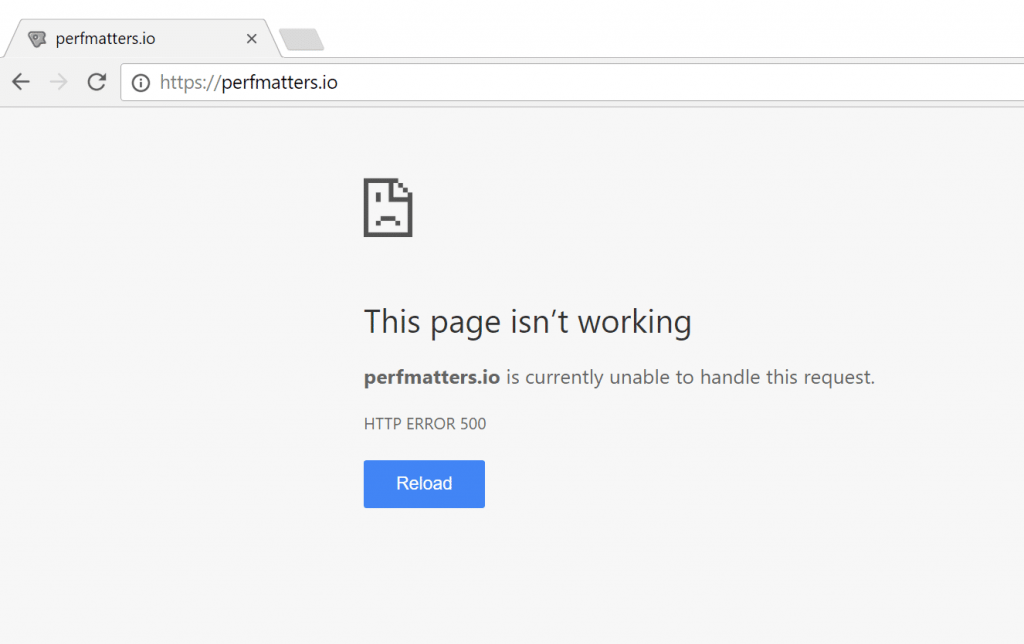
What is the reason behind White Screen of Death Error?
There are many potential causes of the White Screen of Death error. A corrupt WordPress installation could cause a problem with your theme or plugins or a configuration issue on your server. If you see the error when you try to access your WordPress site, one of these issues likely caused it.
One common cause of the White Screen of Death is a plugin conflict. If you have recently installed a new plugin or updated an existing plugin, that could be the cause of the problem.
Another common problem that leads to WSoD is when your script uses more memory than is allowed by your PHP memory limit. This can also happen if there is an issue with the server that only your hosting company can fix.
Now that we understand what causes the “white screen of death” error in WordPress, let’s jump into nine ways we can fix it.
9 ways to fix the White Screen of Death Error
1. Clear Your Cache Files in your browser
Cache files help to improve the loading speed of a website and make it easy to access in the future. But sometimes, they make your browser slow due to their large size.
When your browser stores too many files in its cache, it can start to slow down and become unreliable. Clearing your cache can often help resolve these issues.
Here are the steps to clear your cache using different browsers:
In Chrome:
- Go to the three dots in the top right corner of the browser, then click “More tools” and “Clear browsing data.”
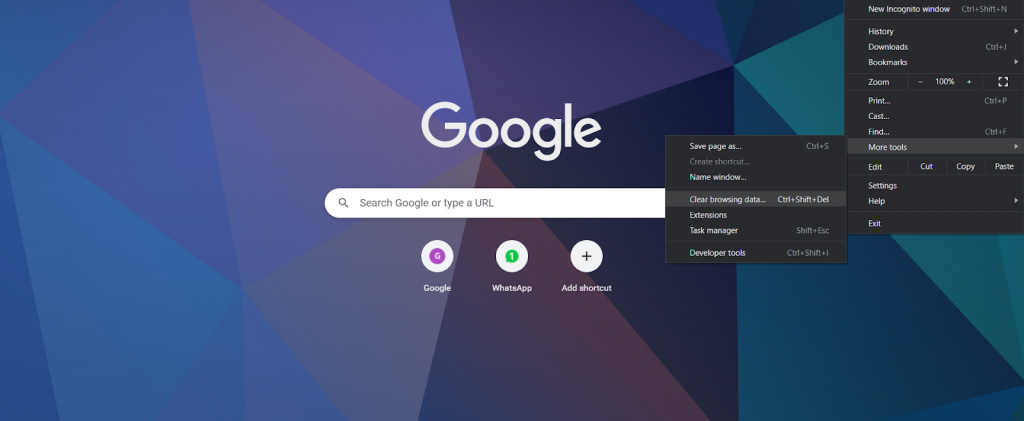
- In the window that pops up, you can select how much data you want to delete (browsing history, cookies, cache, etc.) and the time range.
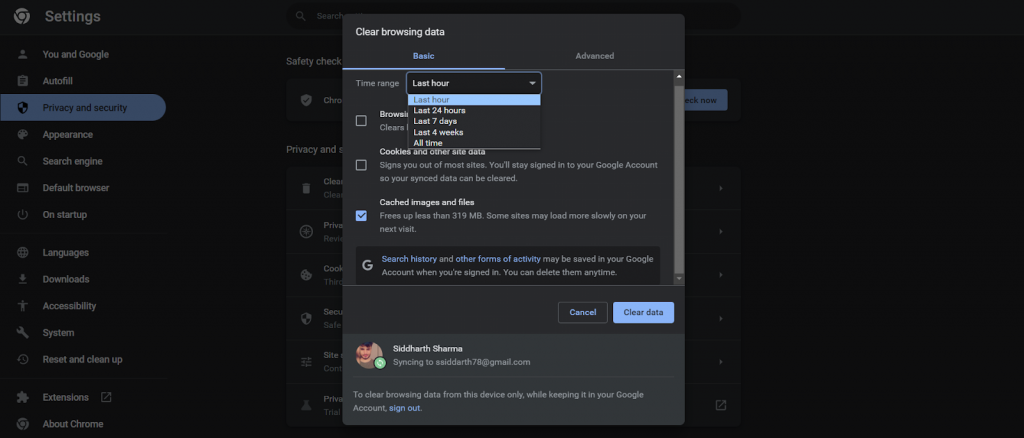
- Once you’ve selected everything you want to delete, click “Clear data.”
In Firefox:
- Go to the three bars in the top right corner of the browser, then click “Options,” and then “Privacy & Security.”
- Under the “Cookies and Site Data” section, select “Clear Data”.
- In the window that pops up, you can select the data you want to delete (browsing history, cookies, cache, etc.) and the time range.
- After you select what you want to delete, click “Clear.”
In Safari:
- Go to the Safari menu in the top left corner of the browser, then click “Preferences,” and then “Privacy.”
- Head over to the “Cookies and website data” section, then click “Manage Website Data.”
- In the window that pops up, you can select the amount of data you want to delete (browsing history, cookies, cache, etc.) and the time range.
- Once you’ve selected everything you want to delete, click “Remove All.”
Assuming everything went well, go back to your website and hit refresh. The wp-admin screen should appear – if it doesn’t, move on to the next stage.
2. Switch to the Default Theme
It may be possible that the current theme you’re using on your WordPress site is causing the WSoD error. In that case, you can easily switch to the default theme. Follow these few simple steps to switch to the default theme:
- You must be logged into your WordPress site as admin.
- In the left-hand sidebar, navigate to the “Appearance” section.
- Under the “Appearance” section, click on the “Themes” sub-menu item.
- On the “Themes” page, you will see a list of all the available themes. Go for the “Twenty Twenty” theme and then use the “Activate” button.
- Once the theme is activated, you will be redirected to the “Customize” page. From here, you can further customize the look and feel of your site.
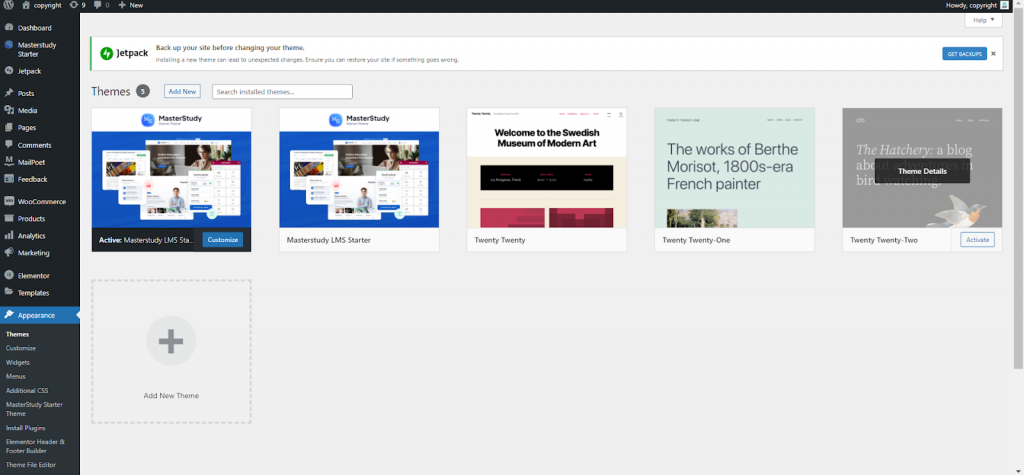
Next, try testing your site again. If the site works, then the problem is most likely with your theme. If you can’t access your dashboard, you can fix the problem by renaming your wp-content/themes folder using FTP.
3. Use WordPress Recovery Mode
WordPress might be able to detect the white screen of death error involving a plugin or theme. You might not even see a white screen because the new fatal error protection function included in WordPress 5.2 can occasionally catch the problem. Instead, you will receive a message stating that there are technical issues with the website.

Additionally, you’ll get an email with the subject “Your Site is Having a Technical Issue” sent to your admin email account.

This email notification will identify the malfunctioning plugin and include a unique link. You can log in to WordPress recovery mode using this link and deactivate the problematic plugin.
However, you must manually correct the problem if you are encountering the plain white screen of death without an email or recovery mode option.
4. Increase PHP text processing Limit
If the WSoD is still occurring, there is one more method you can try. Sometimes, this error might be caused by a long page or post.
If your site’s PHP text processing is the reason, try increasing the backtrack and recursion limits. This will allow more characters to be processed at once — which will make it easier for WordPress to process all of the information needed to display your entire page without crashing.
You can do this by pasting the following code into your wp-config.php file. Open up wp-config.php and add the following line of code at the bottom:
/* Trick for long posts /
ini_set('pcre.recursion_limit',20000000);
ini_set('pcre.backtrack_limit',10000000);
After adding this code, save your changes and refresh your site to see if the code worked.
5. Increase the memory limit
The memory limit is the maximum amount of memory that your web server can use before it needs to start recycling processes. If you have a very large site with thousands of users, it’s possible that your default PHP settings are not high enough to handle all the traffic coming in at once.
Increasing the memory limit is probably the simplest way to solve this issue if you have access to your server. You need a text editor and FTP software installed on your computer.
You can add more memory to the WordPress site through the wp-config.php file. Open the file and write the following code:
define('WP_MEMORY_LIMIT', '64M');If you’re having trouble with this method, you can try a few other things. You can increase the memory line using the .htaccess file. Just add the following line:
php_value memory_limit 64MYou can raise the memory limit using your php.ini file if you can’t reach your .htaccess file. Connect to your server using FTP to accomplish that. Find the php.ini file in the website’s root directory. Once you’ve found it, put the following line anywhere in the document:
memory_limit = 64MYour application might be problematic if you still need to assign more memory since you are running out. Maybe one of your plugins or your themes is consuming too many resources.
6. Disable All Active Plugins
One of the most straightforward solutions is to disable all plugins. This will help you narrow down the issue to a specific plugin or rule out plugins as the cause entirely.
Disabling plugins may take some time and may alter the appearance of your site, but it’s worth a try if you’re struggling to identify the cause of the error.
Here’s how to disable all plugins in WordPress:
- Make sure you log into your website as admin.
- Go to the Plugins and then the “installed plugins” page.
- Click on the checkbox on all of the plugins that are currently active.
- Tick on “Bulk Actions” to bulk edit the plugins and select “Deactivate” from the dropdown menu.
- Click the “Apply” button.
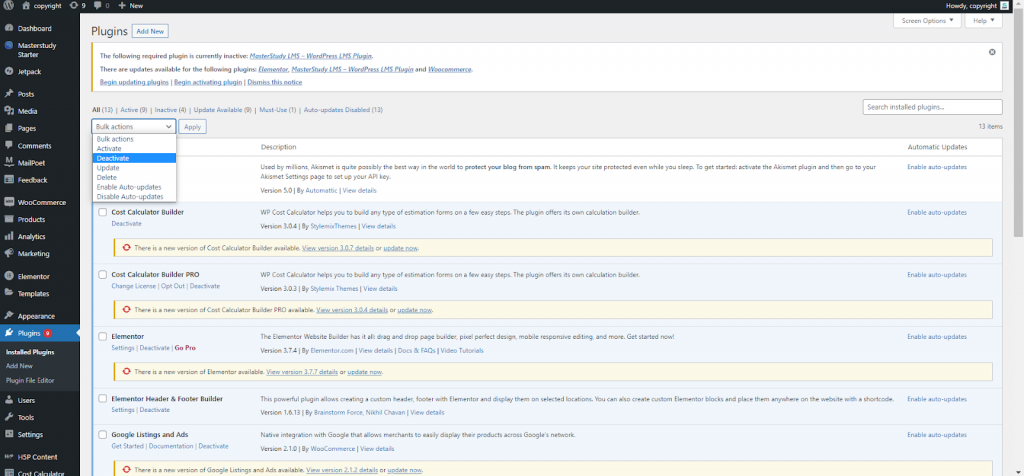
If that fixes the issue, you’ll need to find the source of the problem. To do this, you can activate the plugins one by one and reload the site after each one activates. If your front end goes down, you’ve found the plugin causing the issue.
7. Restore syntax errors or WordPress core files/backups
When you mistakenly input the wrong item or use the incorrect syntax while modifying your WordPress website’s code, this is another common reason why the WordPress WSoD occurs. You should never alter the code on your live production site since one incorrect character could bring your entire website to a halt.
But don’t worry. You can always use an FTP connection to access your website and undo any manual changes you make. When you don’t know which update led to the issue, having WordPress backups available can be helpful.
Remember that there may also be an error message suggesting a parsing syntax error if you previously enabled WordPress’ debug mode. If so, it’ll specify the precise location of the error code.
8. Enable Debugging Mode
You can turn on debugging mode if you’re still getting the WSoD error, the admin area isn’t functioning, or if you think you’ve located the issue but want to look further. It’ll display any errors that are occurring on your website.
In order to enable debugging, open the wp-config.php file for your WordPress installation. It should contain the following code:
define( 'WP_DEBUG', false );Then, reload your website after changing “false” to “true.” You can add this line at the top of the file if it doesn’t already exist.
You’ll see a white screen and some error messages in place of the white screen. While not a significant improvement, this is simply the beginning. The file that caused the issue should be specified in the WSoD error message, like in this example:
Cannot redeclare get_posts() (previously declared in /var/www/html/wordpress/wp-includes/post.php:1874) in /var/www/html/wordpress/wp-content/plugins/my-test-plugin/my-test-plugin.php on line 38You can see that the issue lies in line 38 of a plugin called my-test-plugin after this sample message. Therefore, turning off the plugin ought to fix the problem.
After enabling debug mode, you may need to contact your web host if you don’t see any issues. It’s conceivable that your server’s configuration for debugging is incorrect.
9. Talk with Your Hosting Provider about PHP and Apache/Nginx Settings
You may be able to fix the white screen of death by working with your hosting provider to get PHP and Apache/Nginx settings correct.
To avoid the “white screen of death,” make sure you’re using PHP version 5.2 or higher. If that doesn’t solve your problem, talk with your hosting provider about how to configure Apache or Nginx for WordPress.
Your host might have specific instructions for configuring its servers for running WordPress plugins or themes, especially if it uses a custom version of Apache or Nginx.
Wrapping Up
There are numerous ways to resolve the WSoD error, most of which don’t require manual coding or knowledge. You can use the techniques described above (e.g., switching cache plugins, changing themes, and updating WordPress).
If none of the methods solves the problem, you can always seek professional assistance. To resolve it rapidly, get in touch with WordPress support and maintenance specialists like stylemix.net.
They resolve issues, carry out daily audits, and provide real-time security monitoring, providing complete WordPress support and maintenance. You can also hire a dedicated team of professional WordPress developers to boost your website’s performance and keep it consistent.

 Subscribe
Subscribe

